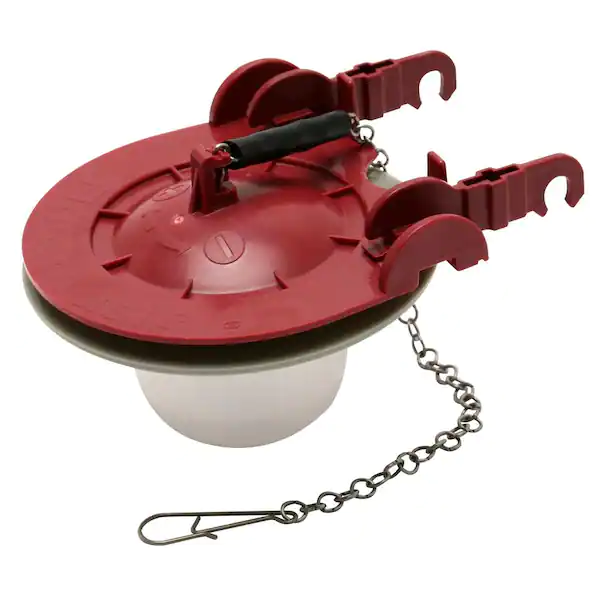Have you noticed your toilet constantly running or hearing water trickling long after you’ve flushed? One of the most common culprits is a broken or worn-out toilet flapper. This small rubber part plays a big role in controlling water flow from the tank to the bowl. The good news is that replacing a toilet flapper is usually a straightforward DIY fix. In this guide, we’ll explain what a flapper does, how to replace it, and when it’s best to call a professional plumber like Fix & Flow for toilet repair in Atlanta.
What Does a Toilet Flapper Do?
The flapper is a rubber seal located at the bottom of your toilet tank. When you flush, it lifts to allow water to flow into the bowl. Once the flush is complete, the flapper closes, sealing the tank and letting it refill for the next use. If it’s cracked, warped, or doesn’t seal properly, water will leak into the bowl, causing your toilet to run nonstop and driving up your water bill.
Signs Your Toilet Flapper Needs Replacing
- Toilet keeps running even when not in use
- Hissing or trickling water sounds from the tank
- Higher-than-normal water bills
- Visible wear, warping, or deterioration of the rubber flapper
Step-by-Step: How to Replace a Toilet Flapper
Here’s a simple process you can follow:
- Turn off the water supply. Find the shut-off valve near the base of your toilet and turn it clockwise to stop water flow.
- Drain the tank. Flush the toilet and hold the handle down to empty as much water as possible.
- Remove the old flapper. Detach it from the chain connected to the flush handle and unhook it from the overflow tube.
- Install the new flapper. Attach the new one to the overflow tube and connect the chain to the handle lever.
- Adjust the chain length. Make sure the chain has a little slack but isn’t too loose—this ensures proper flushing.
- Turn the water back on. Refill the tank and test the flush to make sure the seal works correctly.
If this fix doesn’t stop the running water, the problem may be more complex—like a faulty fill valve or other worn components. That’s when it’s time to call Fix & Flow for professional plumbing service in Atlanta.
Why a Broken Toilet Flapper Matters
A constantly running toilet can waste hundreds of gallons of water each day. According to the EPA WaterSense Fix a Leak program, household leaks can waste nearly 10,000 gallons of water annually. Replacing a simple flapper is one of the easiest ways to prevent waste and keep your water bills in check.
When to Call a Professional
While replacing a flapper is usually a DIY-friendly project, there are times when it’s best to call a professional plumber:
- If the toilet is still running after replacement
- If the flush mechanism or fill valve is also worn
- If the flapper replacement doesn’t improve water efficiency
- If you’d like to explore upgrading to a dual-flush toilet for better water savings
Get Reliable Toilet Repair in Atlanta
At Fix & Flow, we’ve helped countless Atlanta homeowners with toilet repairs big and small. Whether it’s a quick flapper replacement, a new toilet installation, or a more complex repair, our Atlanta toilet experts can handle it all. Call us today at 404-800-3569 or schedule service online.
FAQs About Toilet Flapper Replacement
How often should I replace my toilet flapper?
Most flappers last about 4–5 years, but mineral buildup in Atlanta’s water can shorten their lifespan.
Can I use any toilet flapper as a replacement?
No, flappers come in different sizes and styles. Using the wrong one can cause leaks. A professional can help ensure the right fit.
Why is my toilet still running after I replaced the flapper?
If your toilet still runs, the issue could be with the fill valve, flush valve, or chain adjustment. That’s a good time to call a plumber.
Is it expensive to have a plumber replace a toilet flapper?
It’s typically a quick, affordable repair. For exact pricing, it’s best to request an estimate from Fix & Flow.
Can a bad flapper really increase my water bill?
Yes. A leaking toilet flapper can waste hundreds of gallons of water daily, quickly adding up on your bill.
